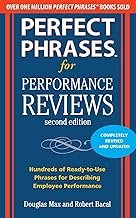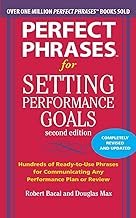Maximizing 360 Defree Feedback Success
In accordance with the advice of most “experts,” 360 feedback should never be used to make decisions about pay or rewards and punishments. There are some potential legal problems that occur if you use 360 results in this way, not to mention some serious issues of fairness and concerns about the objective accuracy of 360 feedback data.
I do not recommend the use of the 360 process as a standalone system, as a formal system that applies to all employees in the organization and is mandatory. There’s a simple reason for this. We know that feedback not explicitly requested by the recipient is almost always seen as intrusive and imposed. The power of 360 is maximized when employees enter into the process voluntarily and where there is sufficient trust so employees feel they can volunteer to be a part of the process.
The 360 process is best applied informally. There is no reason
why a manager can’t consult his or her staff for feedback at
any time. In fact, that’s a great way of improving managerial
performance. You don’t need a mandatory system to do so.
Likewise for employees. Employees who trust each other will
naturally elicit opinions and feedback from their coworkers.
Finally, contrary to the opinions of most experts, I do not believe anonymous feedback without face-to-face discussion is useful, fair, or constructive. I also believe that if someone is going to offer feedback on another’s performance, that person should be willing to put his or her name on the dotted line. That’s not to say that identifying the sources of feedback eliminates problems. It’s just that performance improves when the feedback contains enough information and where information can be exchanged. I’ve seen informal 360 methods yield excellent results in team contexts, although the results usually depend on having a skilled facilitator to keep the process on a positive path.




